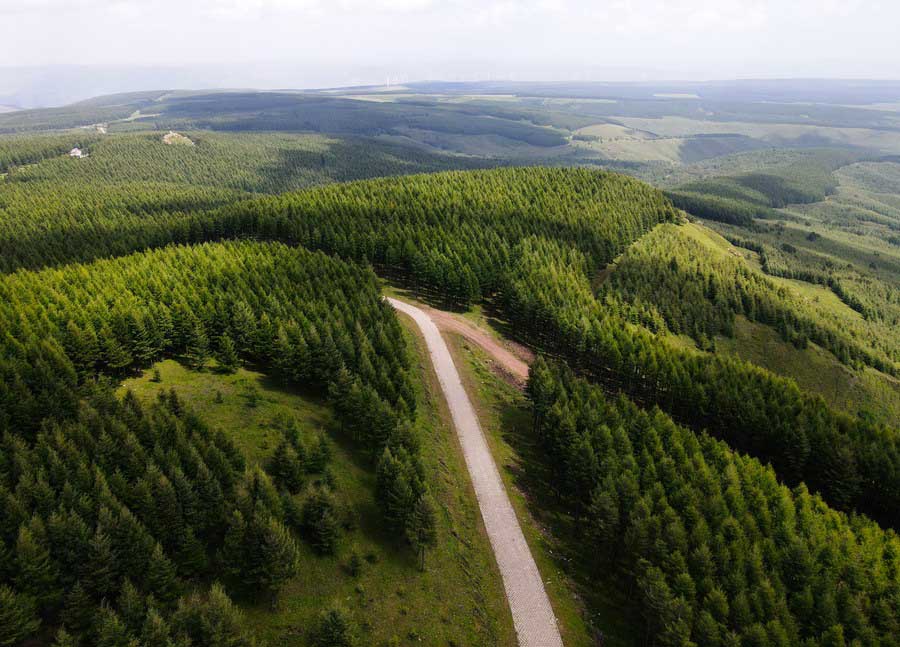BEIJING: China ranks first globally in the area of planted forests and forest coverage growth, contributing a quarter of the world’s new forest area in the past decade.
The secret behind the rapid growth of China’s green landscape lies in its large-scale greening campaign, including conserving existing green ecosystems, adding new forests, grasslands, and wetlands, as well as fighting desertification.
According to the National Forestry and Grassland Administration, the accumulative afforestation area reached 960 million mu (64 million hectares) over the past 10 years, while 165 million mu of grassland was improved, and more than 12 million mu of wetlands were added or restored.
From the tree planting programs to the world’s largest artificial plantation Saihanba mechanized forest farm, China has been striving to build a solid “Green Great Wall” to protect the ecological environment.
China designated March 12 as National Tree Planting Day in 1979, and Chinese citizens voluntarily planted approximately 78.1 billion trees from 1982 to 2021 across the vast country, official data showed.
The COVID-19 epidemic did not keep municipalities nationwide away from tree planting. Some cities instructed volunteers to keep “a safe distance” when planting trees, while others assembled small groups of volunteers to plant trees on behalf of hundreds of public-spirited residents.
Besides the offline planting activities, the country’s internet-based greening campaign “Ant Forest” allows residents to adopt trees by paying due contributions online or garner enough credits by performing low-carbon activities like taking public transportation in exchange for a real tree to be nurtured in their names.
By the end of May, more than 550 million people had participated in the project to plant over 200 million trees, reducing exhaust equivalent to 12 million tonnes of carbon dioxide.
In recent years, China has built a protected area system with national parks as the mainstay, supported by nature reserves and supplemented by nature parks.
Saihanba, in north China, was once a royal hunting ground and degraded into an area of barren wilderness. Thanks to consistent efforts by three generations of Saihanba foresters, it has now become a national forest park and nature reserve with a total forest landscape of 1.15 million mu.
The Saihanba mechanized forest farm was granted the 2021 Land for Life Award of the national category at a ceremony held during the Kubuqi International Desert Forum.
As a “blue carbon sink,” mangrove is an important part of carbon sequestration by vegetation. –Agencies






